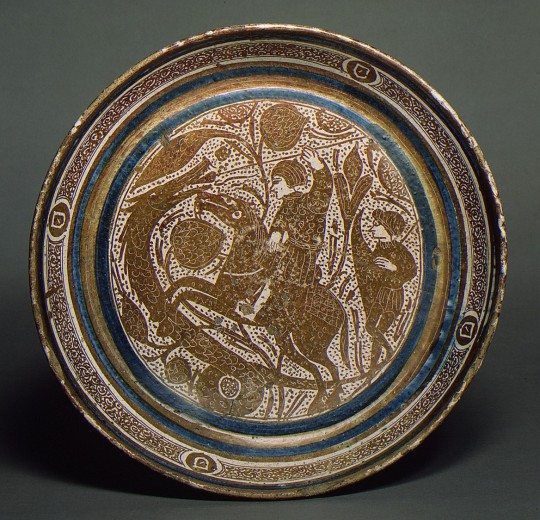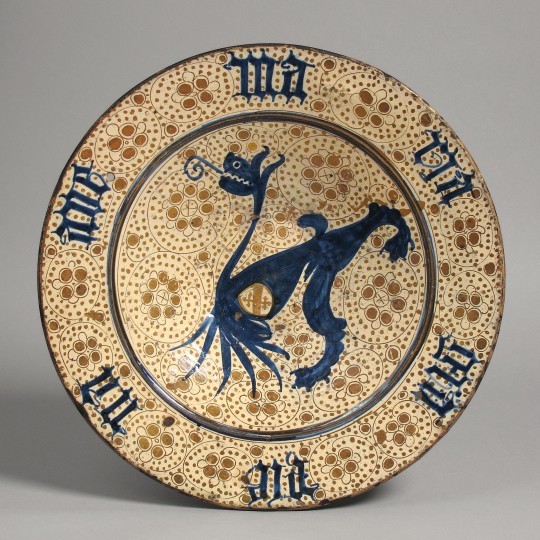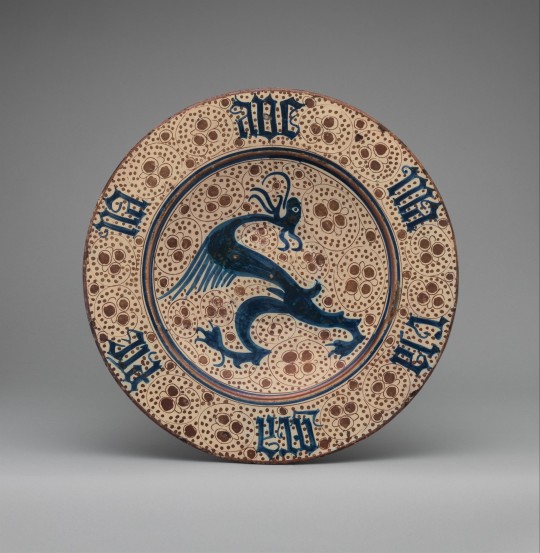Don't wanna be here? Send us removal request.
Text














medieval beds & sheets
collection of 15th c. manuscript illustrations
sources/links: Chantilly, Bibl. et Archives du Château, Ms. 388, fol. 8v // Paris, BnF, Français 96, fol. 17r // Paris, Bibl. Mazarine, Ms. 955, fol. 10v // Munich, BSB, Cgm 503, fol. 36v // Paris, BnF, Français 112 (1), fol. 244v // Frankfurt, UB, Ms. germ. qu. 12, fol. 50r // Paris, BnF, Français 119, fol. 398v // Karlsruhe, BLB, Cod. Donaueschingen 145, fol. 91r // Berlin, SBB, Ms. germ. fol. 1, fol. 86v // Munich, BSB, Cgm 8010a, fol. 22r // Genève, Bibl. de Genève, Ms. fr. 165, fol. 7r // St. Gallen, Kantonsbibl., VadSlg Ms. 343c, fol. 27r // Paris, BnF, Ms-5070 réserve, fol. 12v // Los Angeles, Getty Museum, Ms. 33, fol. 210r
776 notes
·
View notes
Text


Gilded silver and rock crystal casket decorated with rubies, emeralds, and glass gems, Flemish, circa 1480-1500
from The Walters Art Museum
352 notes
·
View notes
Text

Master E. S., The Fool and the Naked Woman with Mirror, ca. 1465
Art News
19 notes
·
View notes
Text

Henriette von Mömpelgard on a stained glass window in Stiftskirche Tübingen, Germany, c. 1477
50 notes
·
View notes
Text




BEHOLD these beautiful dragon-themed plates from 15th-century Spain! These most likely come from the town of Manises, which was renowned for its lusterware. This type of pottery was heavily influenced by Islamic pottery, and the Spanish artisans who made these plates included both Muslims and Christians.
But anyway, DRAGONS!
These images come from the Metropolitan Museum of Art collection on JSTOR, which includes nearly half a million open access images for everyone.
3K notes
·
View notes
Text

nebuchadnezzar's dream of the statue made of four metals
miniature from a manuscript containing the world chronicle by rudolf von ems and other texts, bavaria, c. 1400-1410
source: Los Angeles, J. Paul Getty Museum, Ms. 33, fol. 210r
209 notes
·
View notes
Text

Marriage of St. Catherine by Lorenzo Veneziano, 1360, Italy.
31 notes
·
View notes
Text

the servant of eternal wisdom kneeling before christ
illustration from a manuscript containing writings by german mystic henry suso (heinrich seuse), constance, c. 1490
source: Einsiedeln, Stiftsbibliothek, Codex 710, fol. 86r
324 notes
·
View notes
Text

15th century lake warfare and gunboats
Lake warfare is a less known art of warfare in which smaller boats were used on small water bodies. This is well known in a Swiss setting thanks to the very illustrative Swiss chronicles of 1450-1530, but similar boat designs must have been used all across Europe where sufficiently large lakes connected warring settlements. This illustration aptly shows shows the 15th century with protective roofs and gun-ports cut through the hull; the crew move them with the help of oars and fire arquebuses and crossbows from within. The illusion of a small battleship is completed by the flags and insignia painted on the sides.
1460-1470 Switzerland, Zurich Ms A 120 - Tschachtlan-Berner Chronik
218 notes
·
View notes
Text

Niccolo di Segna - Pinnacle with Angel. 1335
332 notes
·
View notes
Text

Illustration by Johann Bämler to Book 8 (On Wondrous People), 1475, in The Book of Nature by Konrad von Megenberg, Augsburg.
Courtesy Alain Truong
90 notes
·
View notes
Text

A siren and a centaur, about 1270, from bestiary, Franco-Flemish, tempera colors, gold leaf, and ink on parchment
Courtesy Alain Truong
51 notes
·
View notes
Text



constellations (equuleus, pegasus, aquila, and gallina/cygnus)
miniatures from the astronomical-astrological codex for king wenceslaus iv. of bohemia, prague, shortly after 1400
source: Munich, BSB, Clm 826, fol. 41v, 41r, and 38r
699 notes
·
View notes
Text

The Moon - Astrological and Medical miscellany (Codex Fanning) - Nuremberg - c.1459-1471
31 notes
·
View notes
Text

Gold ring brooch with garnets and sapphires, England or French, circa 1250-1300
from The Metropolitan Museum of Art
509 notes
·
View notes
Text

blinding light attack
full-page illustration from a manuscript of konrad kyeser's bellifortis, alsace, c. 1460
source: Frankfurt a.M, UB, Ms. germ. qu. 15, fol. 50r
310 notes
·
View notes
Text

St. Nicholas, bishop of Myra, secretly gives dowries to three poor girls. Miniature executed by a French artist known as the "Master of Jean Rolin II," for folio 84r of the Book of Hours commissioned by a court official named Simon de Varie and completed in 1455. Now in the KB National Library of the Netherlands, The Hague.
153 notes
·
View notes